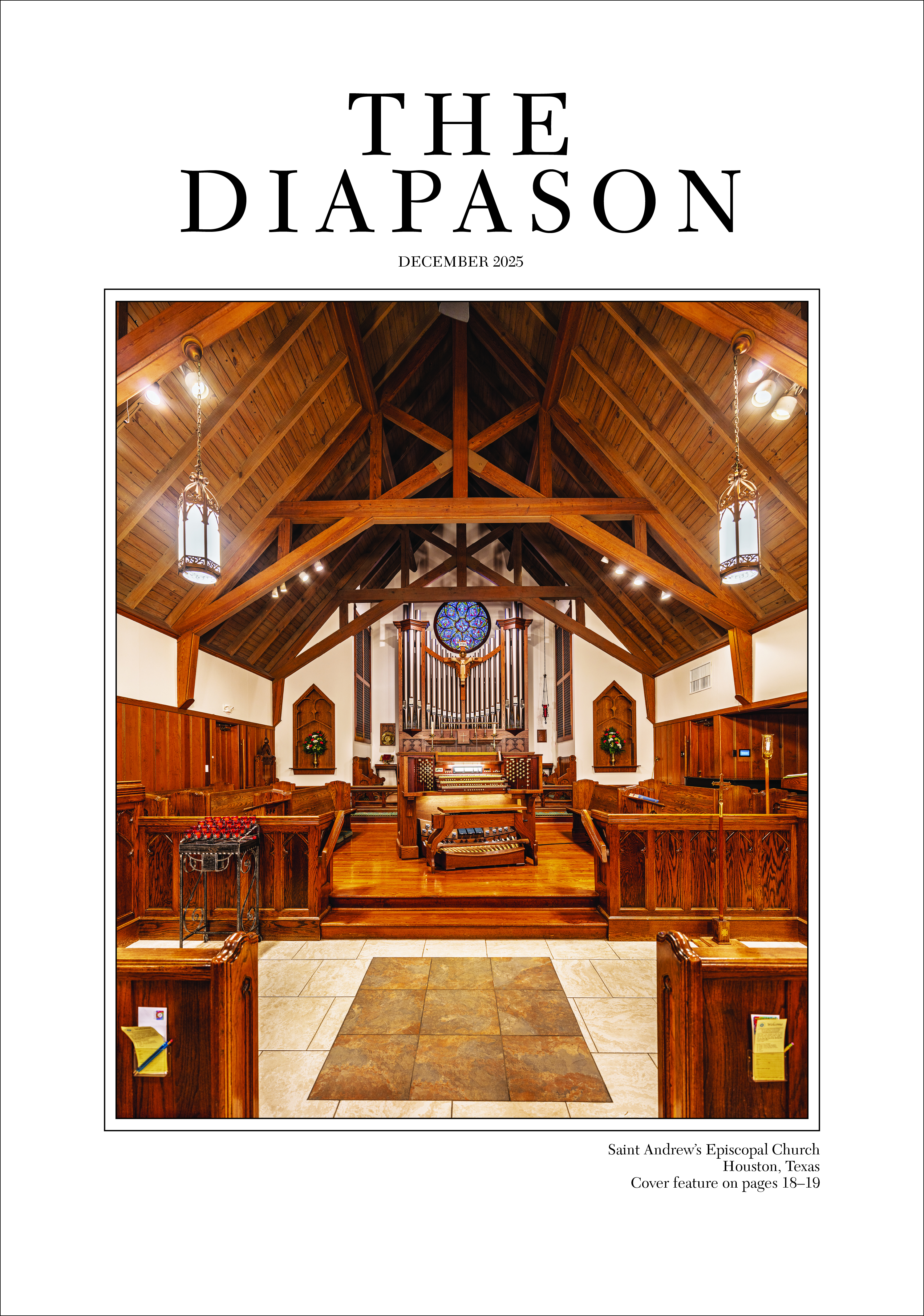Located in the heart of North Carolina, Lewtak Pipe Organ Builders create unique instruments, large and small, one at a time, with only one goal in mind—the relentless pursuit of artistic excellence.
Lewtak's recent installation at Haymount United Methodist Church, Fayetteville, North Carolina, is featured on the cover of the June 2024 issue of The Diapason.
For information:
http://www.lewtak.com/
336/554-2251
E-mail: [email protected]

